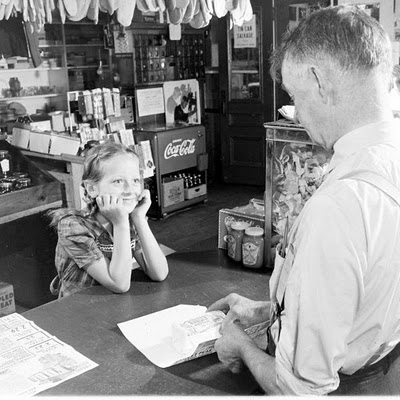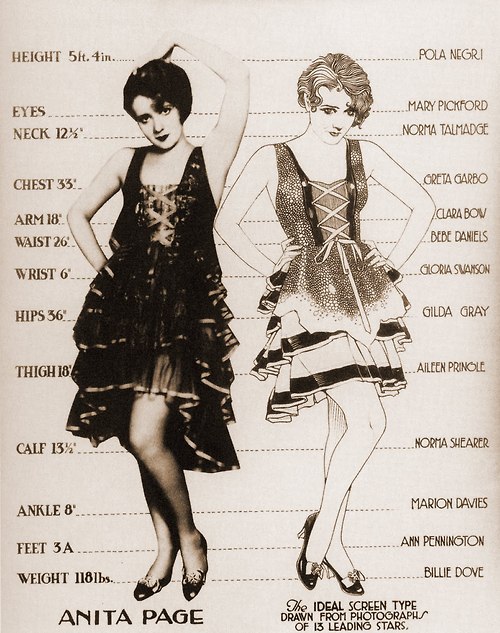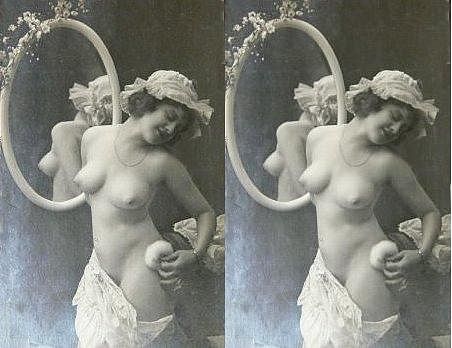Summer Jobs
by Gina Balibrera
The summer between high school and college I worked at a clothing boutique in San Francisco, taking polyester tube tops out of boxes, steaming them on hangers, and carrying them across the earthquake-dinted floorboards, which glowed golden in the midday-light, to the rounders for the shop’s wealthy patrons to admire. My boss, K-, lived in a studio above a flower shop and frequently aired her romantic woes.






